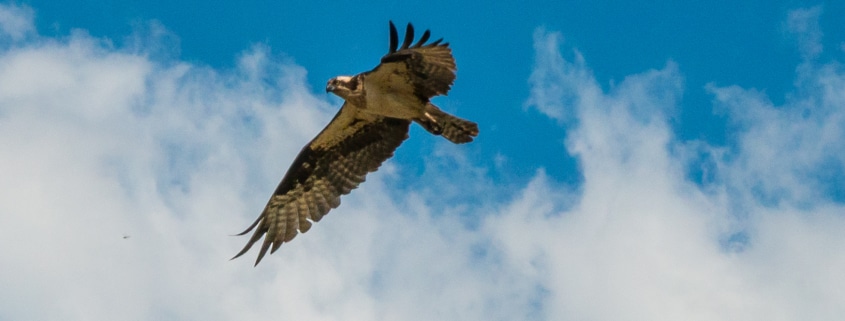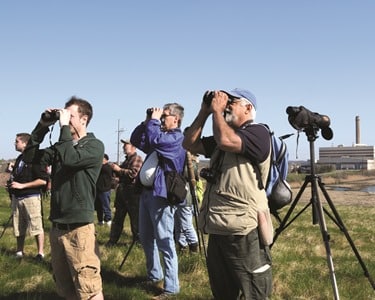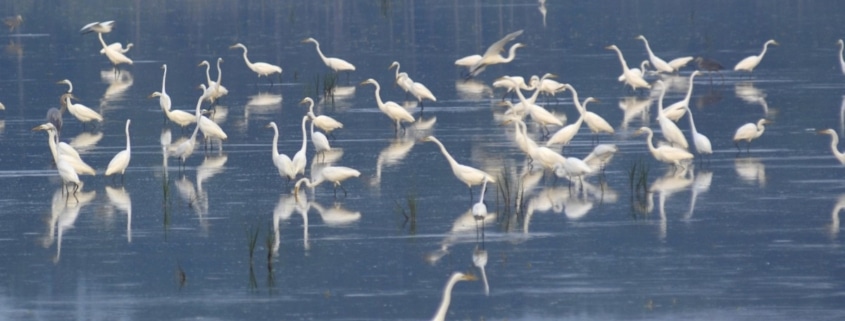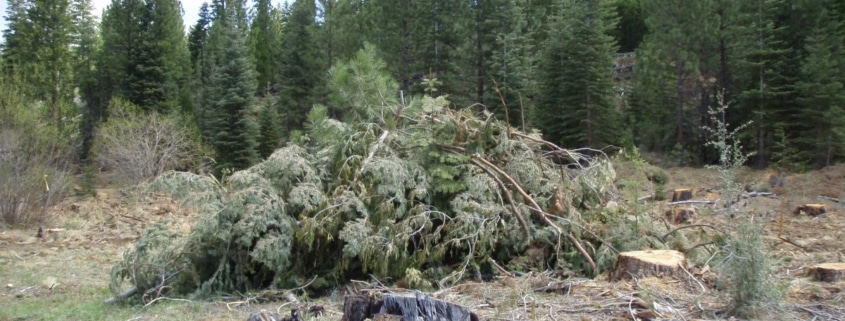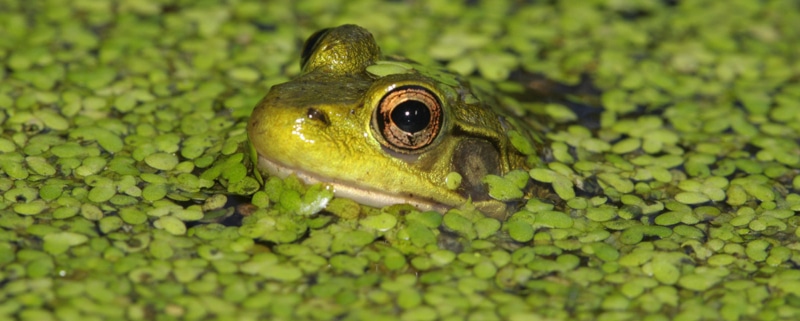Setting the New Standard: Aligning Conservation Goals with Existing Priorities
This is the seventh in a series of monthly blog posts exploring the development of a new standard in corporate conservation certification.
Last month’s blog post reflected how the world of conservation is awash in theories and stances on what is credible or not. It is also awash in objectives, priorities, plans and approaches. Every entity engaged with nature has a plan with a set of priorities, whether national or regional. Every state and territory in the U.S. has a State Wildlife Action Plan – a blueprint for securing biodiversity in the future. The EU has a biodiversity strategy for 2020, as do many countries, including Australia, Japan and Kenya. Across the NGO landscape, The Nature Conservancy (TNC) promotes its priority conservation areas, IUCN frames its work around its Red List, and BirdLife International has its Important Bird and Biodiversity Areas. At a more local scale, biodiversity and the ecological health of watersheds, estuaries, sites of significant interest and other natural areas are all addressed with suites of priorities, many supported by science and most with attendant actions. Many such plans have significant overlap, though none are universally adopted.
These plans highlight priorities, set targets and describe best practices towards meeting conservation goals. The most basic plans are informative only, while the best provide metrics, a clear picture of the desired end state, and a road map for implementation.
When Wildlife Habitat Council embarked on the re-design of its signature certification program and developed the soon-to-be-launched Conservation Certification, it took a different approach to ensure that the participants in its programs were implementing projects that met global conservation goals. Instead of creating more plans and priorities, it chose to align with existing plans and incentivize its participants to create explicit associations with them. We aligned with the wheel without reinventing it.
For WHC this approach makes a lot of sense for a variety of reasons.
WHC’s applicants – both members and not – are not conveniently located in a single conservation landscape. They cannot jointly adopt an initiative to recover a specific species, restore a regionally important ecosystem, or even focus on a single biome. To overlay a conservation priority that would have meaning for all possible locations would require that the priority be so general as to be meaningless. Instead, by aligning with existing priorities, WHC’s projects become part of the mosaic of efforts being done to advance landscape-scale conservation across the globe.
Also, having worked at the intersection of nature and business for almost three decades, WHC knows that a corporate conservation goal will only be achieved if the implementation on the ground has local meaning and significance. A narrow and specific goal that brooks no localization and allows for no real innovation will have no ownership and no longevity. Some of the strongest projects we recognize have deep meaning in their communities. By incentivizing alignments with regionally-appropriate conservation plans, WHC provides for the freedom for practitioners to find goals and priorities that are important to them, thus increasing the likelihood of success both in the near and long terms.
An additional benefit of alignments is the increase in the importance of partnerships. WHC has always valued partnerships with conservation groups that invest in on-the-ground work. By encouraging alignments with these same groups’ priorities, we increase the likelihood of successful, goal-focused partnerships.
Finally, one of the principles we adopted as we designed our new Conservation Certification was accessibility to allow projects of all shapes and sizes to receive recognition and to encourage building of successful projects. By eschewing the development of our own conservation priorities, we secure accessibility for our participants and double down on our mantra that every act of conservation matters. This approach has been designed into Conservation Certification, and an applicant will be steered towards aligning their efforts from the design phase through project maintenance and monitoring.
Under WHC’s new Conservation Certification, a program being submitted for recognition must meet a number of mandatory requirements, as follows:
- Have a stated conservation or education objective
- Provide value or benefit to the natural community
- Have measured outcomes supported by documentation
- Exceed any pertinent regulatory requirements
- Be locally appropriate
These criteria introduce the concept of alignments with other conservation plans, as project owners will have to determine what is ecologically appropriate for the location and what objective would be meaningful within that context. A national conservation strategy, like the President Obama’s Pollinator Health Task Force, will provide a certain level of alignment on a broad scale, while a more local plan will be more specific with direct references to locations, partners and even plant lists. We encourage our participants to seek out the plans that are meaningful to them.
Once the criteria have been met, the applicant will be asked, for each project, to state what initiative they are aligning their goals to and how their actions are supporting them. Incentives, in the form of higher points, will be given to projects designed with explicit alignments and executed to secure them.
By not developing our own priorities but instead aligning with existing ones and leveraging existing efforts, WHC is being efficient in its approach and true to its mission and values.
